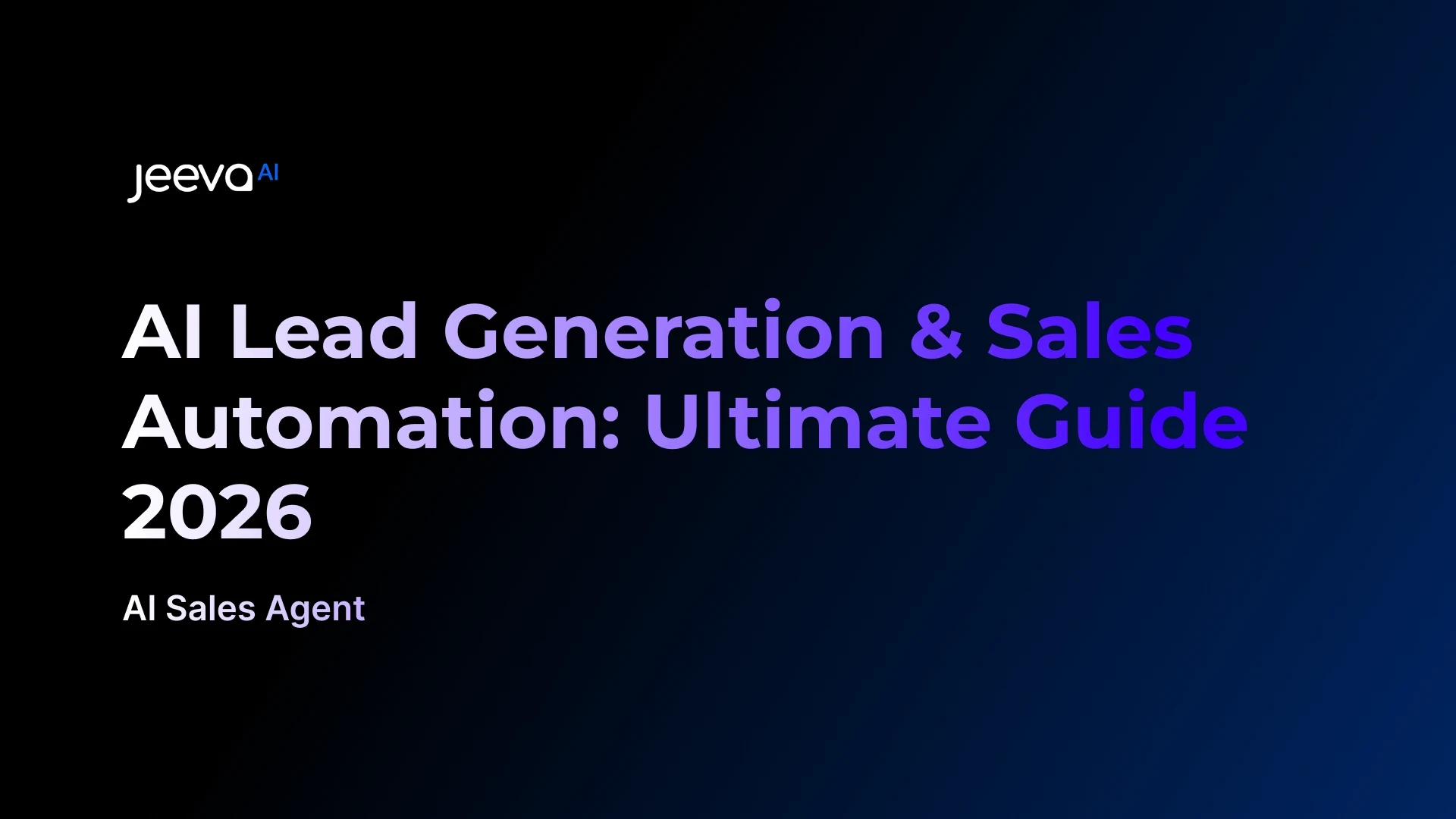AI hallucinations when generative models produce plausible but false or misleading content are a growing risk for sales teams. One in three enterprises report hallucination incidents reaching customers, causing brand trust erosion and legal exposure. With multi-step AI agents compounding errors (up to 63% failure risk even at 1% error per step) and increasing regulatory scrutiny (FTC consent orders on deceptive AI claims), implementing robust guardrails is mission-critical. Guardrail tooling markets are growing 40% YoY, making provenance checks accessible without heavy ML investments.
Anatomy of an AI Hallucination (Sales Edition)
Trigger: A vague or underspecified prompt (e.g., “Write a follow-up citing ROI stats”).
Gap: No external fact retrieval provided to ground the AI.
Fabrication: The LLM invents plausible but false numbers (“Our customers see 412% ROI”).
Amplification: The AI personalizes and sends these messages at scale to hundreds of prospects.
Blast Radius: Misinformation spreads internally among prospects, damaging reputation.
Fallout: Brand harm, increased spam complaints, and possible FTC enforcement.
Sales outreach is particularly vulnerable because of scale, trust dependence, and rapid timing.
Guardrail Framework — The “F-A-C-T” Model
Layer | Goal | Example Tactic |
Filter | Block unsafe or unwanted topics | System prompts: “No health claims; no unverified stats.” |
Augment | Supply verified knowledge to reduce guesswork | Retrieval-Augmented Generation (RAG) using vector DB of case studies. |
Constraint | Force structured, checkable output | OpenAI JSON mode with schema validation. |
Test | Detect and correct residual hallucinations | Guardrails AI provenance validators and bounce-back loops. |
Research shows RAG reduces hallucination rates by 45-65% by providing explicit citations instead of forcing the model to guess.
Guardrails in Action — Jeeva AI’s Implementation
Stage | Guardrail | Outcome |
Input | Prompt templates lock tone & length; filter sensitive topics | Prevents off-brand or risky content pre-generation. |
Generation | GPT-4o with live RAG pulling from 50+ verified data sources | Generates 98% factually accurate emails with <2% bounce SLA. |
Validation | JSON-schema checks for mandatory CTAs and ROI source citations | Hard-fails messages missing required info, preventing send. |
Post-Send | Real-time monitoring for misinformation flags in replies | Continuously tunes prompts and retrieval to improve accuracy. |
ROI of Guardrails
Metric | No Guardrails | Guardrails Deployed |
Hard-bounce rate | 2.4% avg. | < 2% SLA |
Spam/abuse complaints | 0.35% | < 0.1% |
Legal/compliance incidents | 1-2 per year (mid-enterprise) | 0 reported after rollout |
Rep trust in AI-generated copy | 62% self-reported confidence | 91% confidence post-guardrail |
Embedding validation layers enables companies to capture AI ROI twice as fast by increasing trust in AI output.
30-Day Implementation Plan
Week | Actions | Deliverable |
1 | Audit hallucination risk areas; catalog failure modes | Risk register + baseline metrics |
2 | Integrate vector database with gold-standard assets (case studies, pricing) | Live RAG endpoint |
3 | Add JSON-mode and Guardrails validators; craft strict schemas | Auto-fail pipeline in staging |
4 | Pilot on Tier-B accounts; compare bounce & complaint rates | Guardrail scorecard; go/no-go decision |
Risk & Mitigation Matrix
Risk | Likelihood with Guardrails | Containment Strategy |
Model cites outdated data | Medium | Timestamp & recency filtering (≤90 days) |
Hallucinated URLs or docs | Low | Regex validation + rewrite routines |
Over-blocking stifling creativity | Medium | Dual-track prompts (strict vs. creative) with weekly A/B tests |
Validation latency slowing sends | Low | Parallel validation queues; median +90 ms delay |
Future Outlook
Compound-Error Risk: Multi-agent AI workflows require sub-1% error rates per step to avoid failure probabilities >60%.
Policy Pressure: The EU AI Act (effective 2026) mandates demonstrable risk controls; guardrail logs will serve as compliance audit artifacts.
Open-Source Momentum: Frameworks like Guardrails AI offer plug-and-play B2B packs, reducing dev time by 70%.
Frequently Asked Questions (FAQs)
Q1: What exactly is an “AI hallucination”?
A1: AI hallucination is when the model generates fluent but false or unsupported content—like invented ROI stats or incorrect job titles.
Q2: Why are hallucinations particularly risky in sales emails?
A2: Because they can violate FTC truth-in-advertising rules, erode buyer trust, increase spam complaints, and invite legal penalties.
Q3: How do guardrails differ from basic prompt engineering?
A3: While prompt engineering guides the AI’s behavior, guardrails enforce constraints, validate output, and catch errors post-generation.
Q4: Will guardrails make my emails sound robotic or less natural?
A4: No—tone and style are controlled in prompts. Guardrails only block or correct factual errors and policy violations without harming style.
Q5: Does adding guardrails slow down message sending?
A5: With in-memory caching and parallel processing, added latency is negligible (<150 ms), not impacting throughput meaningfully.
Q6: How does Jeeva AI maintain a < 2% bounce rate guarantee?
A6: By combining live SMTP and phone pings with guardrail validations, any hard bounce triggers a credit refund to the customer.
Q7: Can I audit what the guardrails check?
A7: Yes—each message stores logs of prompts, retrieval snippets, validation results, and final output for compliance audits.
Key Takeaway
Large language models are powerful but prone to errors that can damage sales performance and brand trust if unchecked. Applying layered guardrails—filtering, retrieval augmentation, structured output constraints, and post-generation testing—transforms AI from a risk into a reliable, compliance-safe sales growth engine. Just as SPF and DKIM are critical email protections, guardrails are now essential for trustworthy AI outreach.





